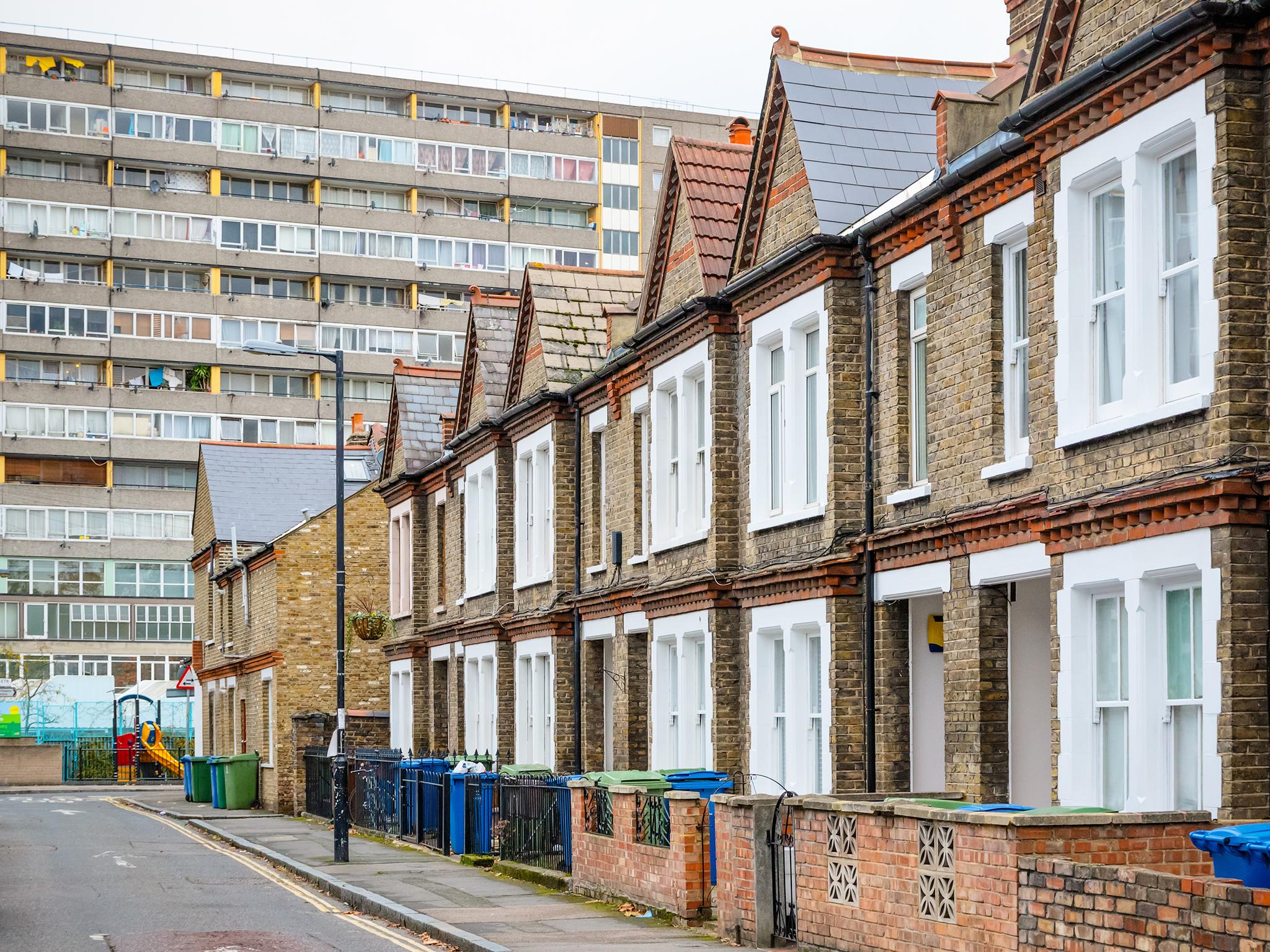Most UK homes have not been tested for carcinogenic radon gas, study shows
Two-thirds of adults have never even heard of the radioactive substance

More than half of UK homes haven’t been tested for levels of a carcinogenic gas that is found in every household.
Radon is a natural radioactive gas, which comes from rocks and soils and is the top cause of lung cancer among non-smokers.
Levels of radon tend to be low indoors but higher levels pose a serious health risk and there’s no way of knowing how severe the risk is without testing.
Despite the possible health impact, two-thirds of adults don’t know what radon is and that it can cause cancer.
Commissioned by Airthings, makers of smart radon and indoor air quality monitors, the poll of 2,000 adults found six in 10 haven’t given any thought to the health impact of the air in their homes.
A spokesperson for Airthings said: “Radon is the number one cause of lung cancer among non-smokers.
“In fact, radon-induced lung cancer kills more people than house fires and carbon monoxide combined.
“It’s an invisible radioactive gas with no smell or taste and comes from rocks and soil.
“Low levels can be found in the air outside however levels of radon can be higher inside buildings — homes included.”
UK homes also contain gasses called volatile organic compounds (VOCs) which, though not lethal, can cause headaches, sore throats and fatigue.
The poll found that eight in 10 do not know what VOCs are.
The compounds can be released when doing a number of apparently harmless everyday activities such as burning scented candles, using non-organic cleaning products and even when cooking.
Further to this, nine in 10 regularly do things in their home that could increase levels of radon and VOCs.
Almost half don’t often open the windows when cooking, 42 per cent frequently burn candles and a third use diffusers in their homes.
The Airthings poll, carried out through OnePoll, found that six in 10 “regularly” suffer from symptoms associated with poor air quality.
These include headaches (25 per cent), constant dryness and irritation of the eyes, nose, throat, and skin (22 per cent) and ongoing fatigue (21 per cent).
A fifth also have a tendency, or have noticed a tendency among their cohabitants, to cough and sneeze.
A spokesperson for Airthings added: “In addition to testing your home for radon and VOCs there are simple steps you can take to reduce levels of these gasses.
“But the first step is to have your home tested to get an indication of the severity of the problem.
“There are also things you can do to minimise VOCs in particular — such as ditching toxic chemicals and using natural cleaning products, opening windows, vacuuming regularly and having lots of house plants in the house.”
SWNS
Subscribe to Independent Premium to bookmark this article
Want to bookmark your favourite articles and stories to read or reference later? Start your Independent Premium subscription today.

Join our commenting forum
Join thought-provoking conversations, follow other Independent readers and see their replies